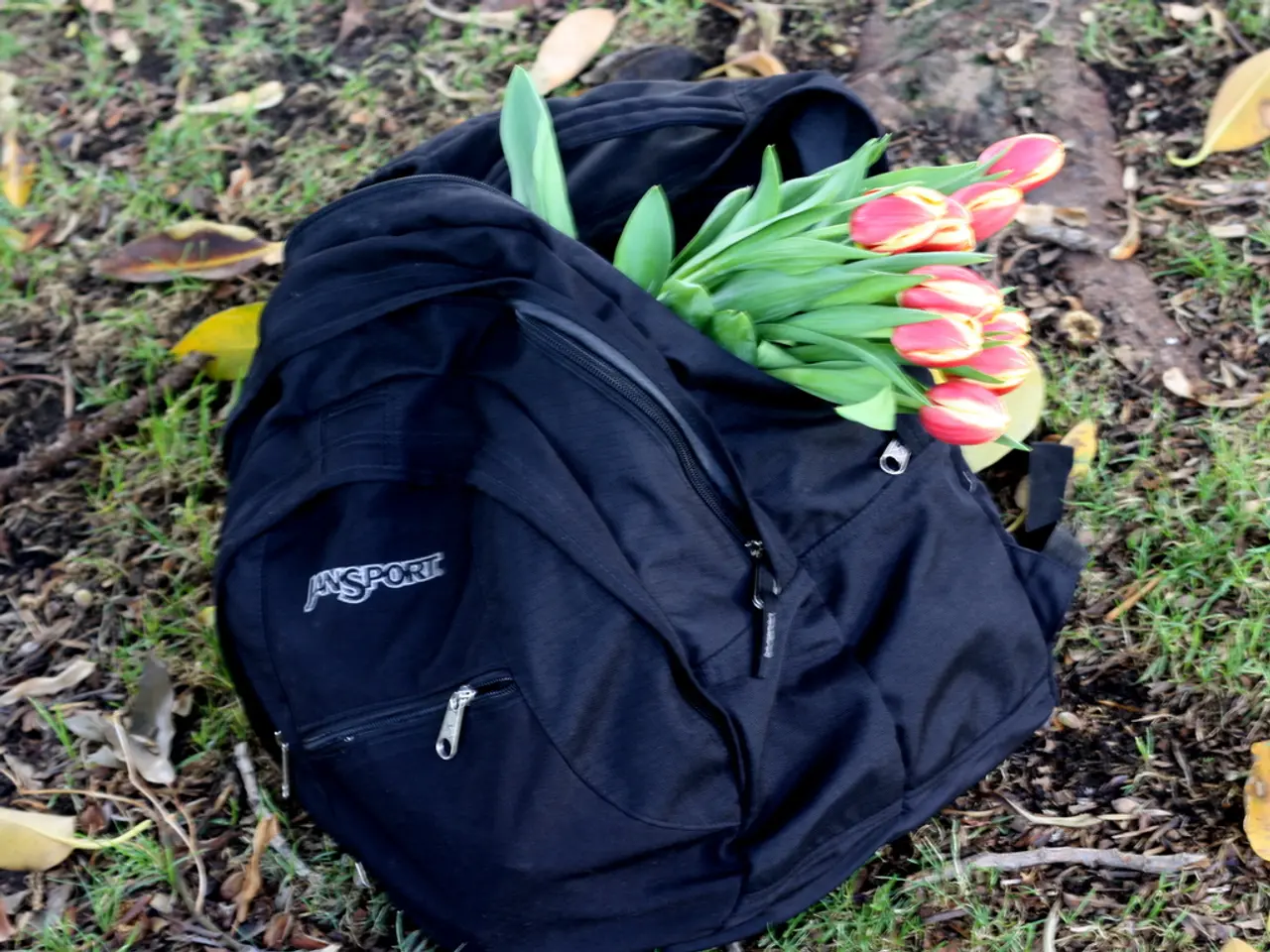Discovering Optimal Grow Bags for Thriving Plants
In the world of gardening, grow bags have emerged as a game-changer, offering a lightweight, versatile, and space-efficient alternative to traditional planters. These innovative containers come in various sizes and materials, catering to a wide range of plants and gardening needs.
For growers with mobility issues, grow bags are a boon. Their lightweight nature and ease of movement make them perfect for maneuvering around the garden or repositioning to catch the best light or shelter conditions. Moreover, they are ideal for urban gardens or container gardens, fitting snugly in small spaces like balconies, patios, or raised beds.
Grow bags are particularly useful in places prone to severe weather conditions. They yield superior crops on the cheap and require less garden cleanup and maintenance due to their ability to inhibit weed growth. This makes them an excellent choice for growers who want to minimise their time spent on maintenance while still enjoying a bountiful harvest.
The permeable material of grow bags disperses heat evenly and improves airflow, which is beneficial to plant growth. This feature promotes healthier root systems by preventing overwatering and encouraging air pruning, a process where roots naturally stop growing when they reach the bag’s sides rather than circling inside as in plastic pots.
Grow bags are designed to grow a variety of plants, including vegetables, herbs, fruits, and even dwarf trees and some shrubs. They come in various sizes, with small bags accommodating up to 5 gallons and large bags up to 150 gallons. Small bags are suitable for small plants, while larger bags are suitable for flowerbeds.
When it comes to choosing between grow bags and traditional planters, there are several advantages to consider. Grow bags offer improved drainage and airflow, better root health, mobility, space efficiency, reduced risk of soil-borne diseases, customisability, seasonal adaptability, easier plant inspection, and weed reduction. On the other hand, traditional planters may hold water and nutrients longer but risk root circling and poorer aeration.
There are two types of grow bags: fabric and plastic. Fabric grow bags are suitable for plants that hate standing water and are made from lightweight, breathable material that drains water well. Potatoes and mushrooms have specialized grow bags designed for their growth, featuring tall structures for root spread and easy harvesting, and special features for improved and accelerated growth in the case of mushroom grow bags. Plastic grow bags require piercing for water drainage.
In summary, grow bags offer enhanced root health, better drainage, portability, and disease prevention advantages, making them especially suitable for small or mobile gardening setups. Traditional planters may hold water and nutrients longer but risk root circling and poorer aeration. Whether you're a seasoned gardener or a novice, grow bags provide a versatile and efficient solution for your gardening needs.
You can purchase grow bags at local gardening vendors or online at popular e-marketplaces like eBay or Amazon. Eco-friendly fabric grow bags are available at certain online stores. So, why not give grow bags a try and revolutionise your gardening experience?
For individuals seeking a low-maintenance home-and-garden lifestyle, grow bags offer a convenient solution. These versatile containers can be easily moved around the home-and-garden, including balconies, patios, or small gardens, making them ideal for urban dwellers with limited space. Moreover, grow bags cater to a variety of plants, including vegetables, herbs, fruits, and even dwarf trees, providing a bountiful harvest without requiring extensive commitment.





